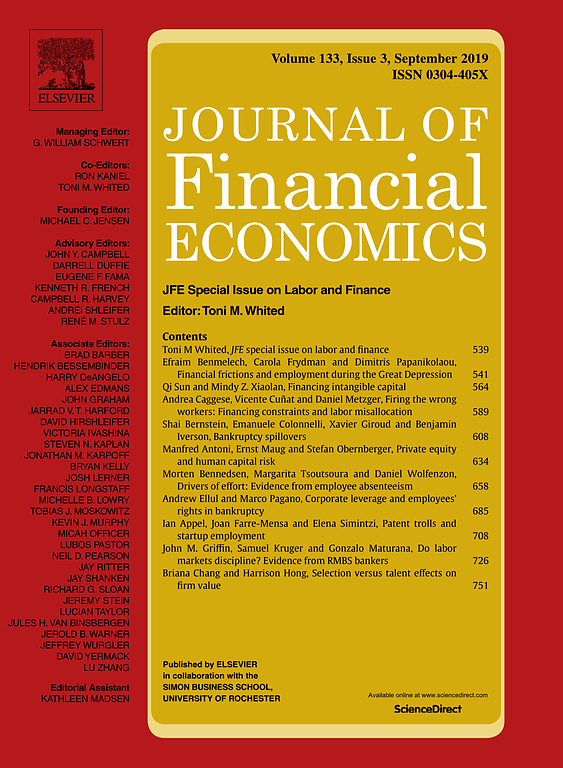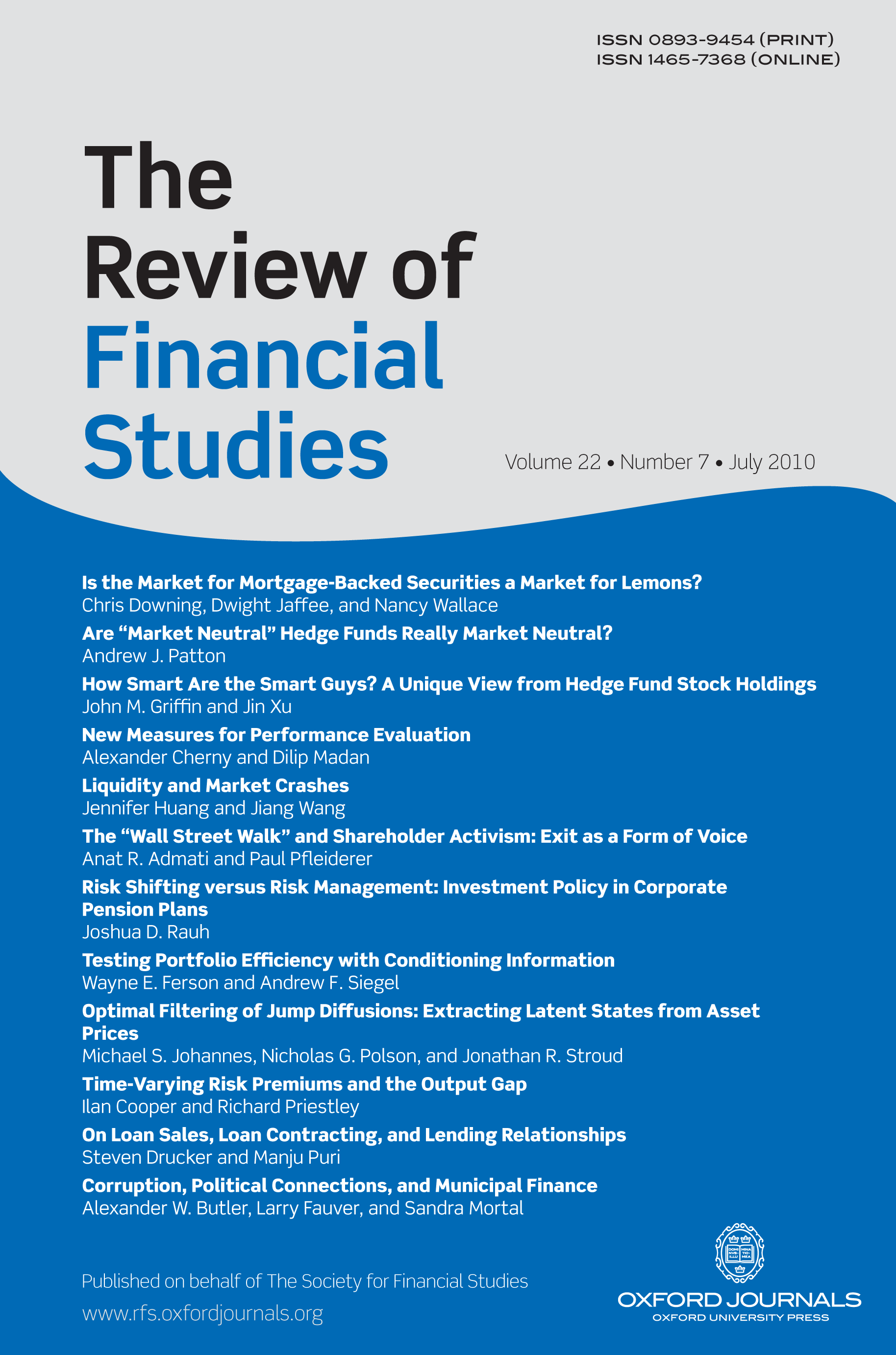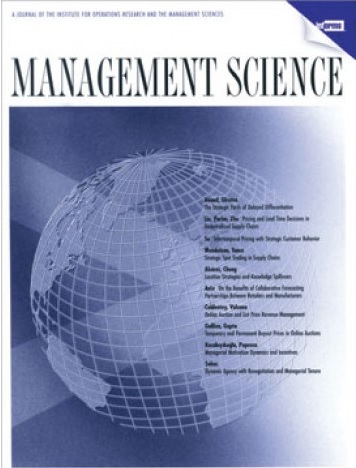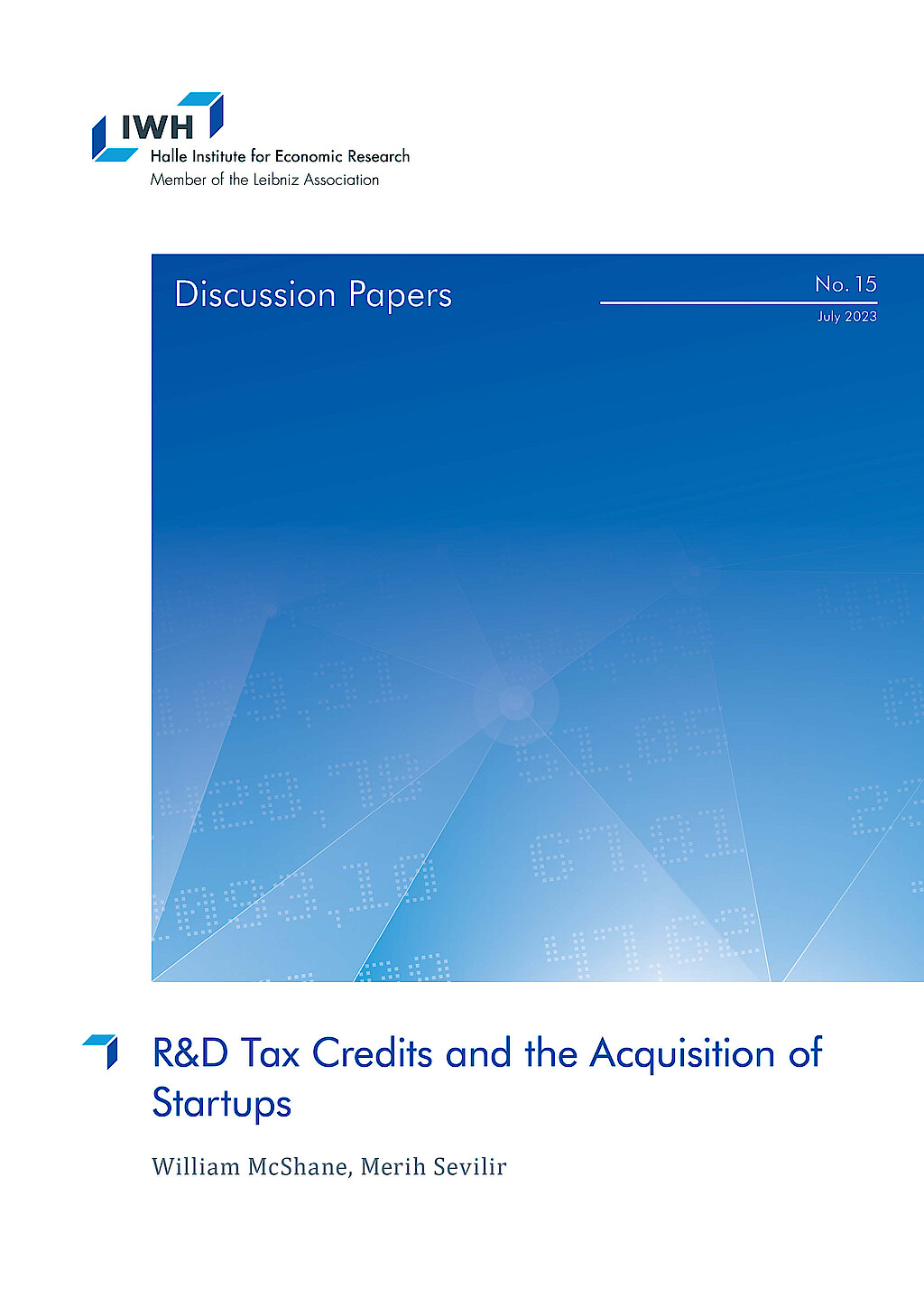Public Capital Markets and Startup Creation
High Growth - High Impact Startups is a research group that studies how high-growth startups emerge and evolve to tackle society’s most urgent challenges and enhance human well-being. The group focuses particularly on two sectors: Femtech—startups founded by women to advance women's health and well-being—and Deeptech—science-driven startups rooted in cutting-edge academic research.
Leveraging large-scale data on venture capital–backed startups, our research explores:
1. The educational, immigration, and professional backgrounds of startup founders;
2. The scale-up phase, when startups access public capital markets;
3. The transition of startups into mature firms that seed the next generation of high-growth ventures.
By examining the full startup life cycle, we illuminate the critical role these firms play in driving innovation, advancing technology, and improving the quality of life for individuals and communities.
Research Cluster
Economic Dynamics and StabilityYour contact

- Department Laws, Regulations and Factor Markets
Refereed Publications

Bankruptcy Spillovers
in: Journal of Financial Economics, No. 3, 2019
Abstract
How do different bankruptcy approaches affect the local economy? Using US Census microdata, we explore the spillover effects of reorganization and liquidation on geographically proximate firms. We exploit the random assignment of bankruptcy judges as a source of exogenous variation in the probability of liquidation. We find that employment declines substantially in the immediate neighborhood of the liquidated establishments, relative to reorganized establishments. The spillover effects are highly localized and concentrate in nontradable and service sectors, consistent with a reduction in local consumer traffic and a decline in knowledge spillovers between firms. The evidence highlights the externalities that bankruptcy design can impose on nonbankrupt firms.

Private Equity and Financial Fragility During the Crisis
in: Review of Financial Studies, No. 4, 2019
Abstract
Does private equity (PE) contribute to financial fragility during economic crises? The proliferation of poorly structured transactions during booms may increase the vulnerability of the economy to downturns. During the 2008 crisis, PE-backed companies decreased investments less than did their peers and experienced greater equity and debt inflows, higher asset growth, and increased market share. These effects are especially strong among financially constrained companies and those whose PE investors had more resources at the crisis onset. In a survey, PE firms report being active investors during the crisis and spending more time working with their portfolio companies.

Asset Allocation in Bankruptcy
in: Journal of Finance, No. 1, 2019
Abstract
This paper investigates the consequences of liquidation and reorganization on the allocation and subsequent utilization of assets in bankruptcy. Using the random assignment of judges to bankruptcy cases as a natural experiment that forces some firms into liquidation, we find that the long-run utilization of assets of liquidated firms is lower relative to assets of reorganized firms. These effects are concentrated in thin markets with few potential users and in areas with low access to finance. These findings suggest that when search frictions are large, liquidation can lead to inefficient allocation of assets in bankruptcy.

Attracting Early-Stage Investors: Evidence From a Randomized Field Experiment
in: Journal of Finance, No. 2, 2017
Abstract
This paper uses a randomized field experiment to identify which start-up characteristics are most important to investors in early-stage firms. The experiment randomizes investors? information sets of fund-raising start-ups. The average investor responds strongly to information about the founding team, but not to firm traction or existing lead investors. We provide evidence that the team is not merely a signal of quality, and that investing based on team information is a rational strategy. Together, our results indicate that information about human assets is causally important for the funding of early-stage firms and hence for entrepreneurial success.

Private Equity and Industry Performance
in: Management Science, No. 4, 2017
Abstract
The growth of the private equity industry has spurred concerns about its impact on the economy. This analysis looks across nations and industries to assess the impact of private equity on industry performance. We find that industries where private equity funds invest grow more quickly in terms of total production and employment and appear less exposed to aggregate shocks. Our robustness tests provide some evidence that is consistent with our effects being driven by our preferred channel.
Working Papers

Can Nonprofits Save Lives Under Financial Stress? Evidence from the Hospital Industry
in: SSRN Working Paper, No. 4946064, 2024
Abstract
<p>We compare the effects of external financing shocks on patient mortality at nonprofit and for-profit hospitals. Using confidential patient-level data, we find that patient mortality increases to a lesser extent at nonprofit hospitals than at for-profit ones facing exogenous, negative shocks to debt capacity. Such an effect is not driven by patient characteristics or their choices of hospitals. It is concentrated among patients without private insurance and patients with higher-risk diagnoses. Potential economic mechanisms include nonprofit hospitals' having deeper cash reserves and greater ability to maintain spending on medical staff and equipment, even at the expense of lower profitability. Overall, our evidence suggests that nonprofit organizations can better serve social interests during financially challenging times.</p>

R&D Tax Credits and the Acquisition of Startups
in: IWH Discussion Papers, No. 15, 2023
Abstract
We propose a novel mechanism through which established firms contribute to the startup ecosystem: the allocation of R&D tax credits to startups via the M&A channel. We show that when established firms become eligible for R&D tax credits, they increase their R&D and M&A activity. In particular, they acquire more venture capital (VC)-backed startups, but not non-VC-backed firms. Moreover, the impact of R&D tax credits on firms’ R&D is increasing with their acquisition of VC-backed startups. The results suggest that established firms respond to R&D tax credits by acquiring startups rather than solely focusing on increasing their R&D intensity in-house. We also highlight evidence that startups do not appear to benefit from R&D tax credits directly, perhaps because they typically lack the taxable income necessary to directly benefit from the tax credits. In this context, established firms can play an intermediary role by acquiring startups and reallocating R&D tax credits, effectively relaxing the financial constraints faced by startups.














